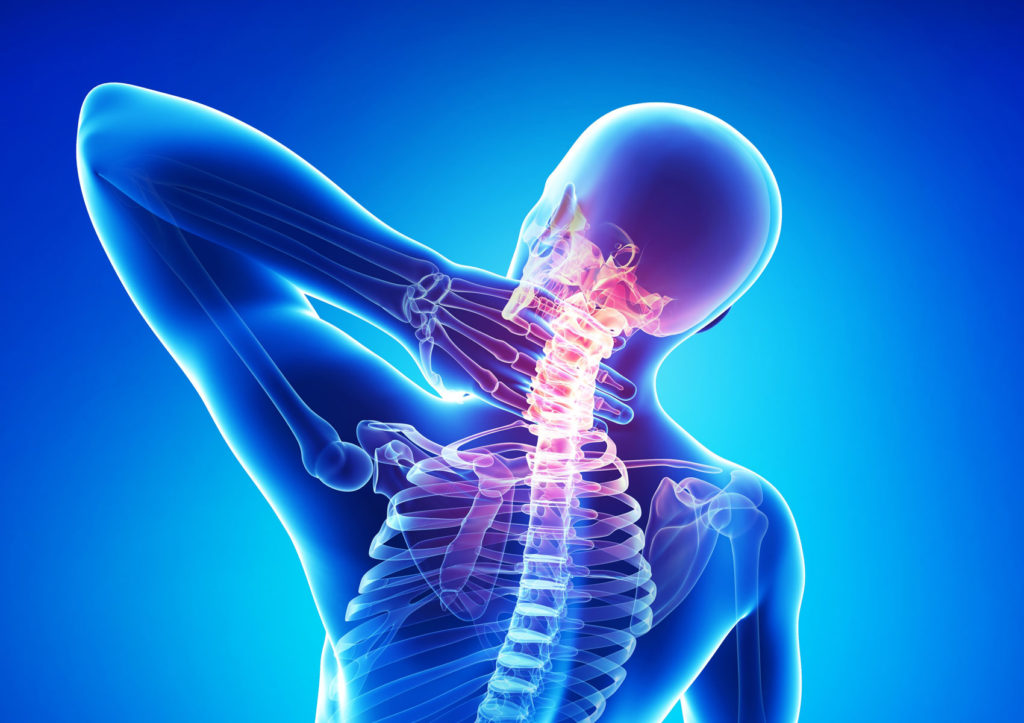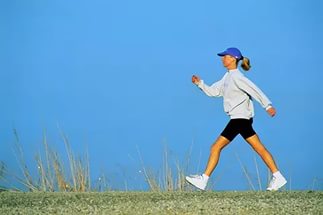A large number of people turn to doctors when they feel heaviness in their legs below the knees. This pathology can be individual or in combination with other symptoms - pain, swelling.
Tired legs syndrome develops under the influence of negative influences or due to natural changes in the body.
Causes of heavy legs
The list of reasons why heavy legs appear is long. Here are some of them:
- Passive lifestyle leads to “tired legs”. More often than others, people who stand on their feet for a long time complain of heaviness. They also experience heaviness in the lower parts of their legs in the morning. People who are overweight feel heaviness below the knees and pain in the calves.
- Some types hormonal medications may cause this syndrome.
- During pregnancy, expectant mothers, feel heaviness in their lower limbs in the evenings and in the mornings.
- "Heavy legs" may be a sign menopause among women.
- Those people who are susceptible weather changes, you may notice a feeling of heaviness in your legs, their swelling.
Important! Heaviness of the legs in the ankle, discomfort is often a signal of the development of an anomaly or a serious illness
To quickly get rid of varicose veins, our readers recommend ZDOROV Gel. Varicose veins are the female “plague of the 21st century.” 57% of patients die within 10 years from blood clots and cancer! Life-threatening complications are: TROMBOPHLEBITIS (blood clots in the veins are present in 75-80% of varicose veins), TROPHIC ULCERS (tissue rotting) and of course ONCOLOGY! If you have varicose veins, you need to act urgently. In most cases, you can do without surgery and other severe interventions, on your own with the help of...
Heaviness in the legs as a symptom of a particular disease
In many diseases, a characteristic symptom may be heaviness in the legs, not only after a working day, but also when walking.
- Diseases of the legs, and in particular blood vessels.
With varicose veins, a feeling of heaviness and discomfort is inevitable. This is due to age-related changes in the walls of blood vessels. In the initial stage, the disease passes without external signs, but it is then that “tired legs” syndrome develops.
- thrombophlebitis;
- phlebothrombosis;
- postthrombophlebitic syndrome.
With lymphodema, the movement of lymphatic fluid partially or completely stops, which leads to swelling and heaviness of the legs. Diseases such as:
- erysipelas;
- truncation of lymph nodes in the groin area.
Chronic arterial insufficiency causes vasoconstriction with subsequent poor circulation, which can also lead to “tired legs.” Arterial insufficiency can develop as a result of:
- thromboangiitis obliterans;
- generalized vascular damage in diabetes mellitus;
- obliterating endarteritis;
- occlusive vascular lesions.
- Problems of the musculoskeletal system and the spinal column.
Due to disturbances in innervation, muscle fibers stop contracting at full strength, and this manifests itself in heaviness in the legs, pain, and weakness.
Such manifestations are associated with:

When the bone structure is disrupted and joint problems occur, a number of abnormalities occur. One of the manifestations is swelling, a feeling of heaviness in the legs, and pain.
Such disorders are associated with the following diseases:
- age-related changes in joints, bones (during growth, aging);
- arthrosis of the knees;
- gonarthrosis;
- varus-valgus deformation of bone tissue;
- flat feet.
If there are disturbances in the functioning of the heart and kidneys, the legs begin to swell, and this is preceded by a feeling of heaviness below the knee.
Important! Without appropriate treatment of the listed diseases, the patient is at risk of disability in the future.
Symptoms of heavy legs
Obvious signs include muscle spasms, pain in the ankle, the appearance of bruises under the skin, itching, swelling, cramps, lameness, tingling, numbness, and weakness.
Diagnosis for feeling of heaviness in the legs
Before prescribing treatment, the specialist will conduct a comprehensive diagnosis of the patient.
This study may include the following:
- Angioscanning. With this type of diagnosis, the doctor will be able to check the condition of the veins, identify the exact location of the narrowing, as well as the location of the blockage with a blood clot.
- Ultrasound of the pelvic organs.
- MRI and computed tomography of organs, heart.
Based on the results obtained, the doctor will make a diagnosis and prescribe a treatment regimen.
Important! Timely identified pathology and proper therapy guarantee the elimination of the main and secondary symptoms of the disease. This means that the feeling of heaviness in your legs will go away.
Treatment for heavy legs
 Treatment for heavy legs will depend on the diagnosis. The specialist will prescribe comprehensive treatment using medications and physiotherapy.
Treatment for heavy legs will depend on the diagnosis. The specialist will prescribe comprehensive treatment using medications and physiotherapy.
Medicines will be prescribed appropriate to the type of disease. Women will need to stop taking hormonal contraceptives. These products can only be used under medical supervision.
During treatment of the disease, you should give up high heels, thermal procedures, and bad habits. And you should forget your favorite pose – cross-legged.
Obese people should lose excess weight.
To normalize blood flow and eliminate discomfort in the legs, you need to do a light self-massage of the limbs, as well as lie horizontally and place your legs above the level of your heart.
Important! It is necessary to use local medications daily - ointments, creams, gels as prescribed.
After diagnosis and drug therapy, you can consult with your doctor about the advisability of taking traditional medicines. They can relieve discomfort and relieve pain.
Herbal medicine has been used for many years to treat heaviness and pain in the legs. But for greater effect, folk remedies must be used in conjunction with drug therapy prescribed by a doctor. Only with this treatment regimen can you get rid of the disease and prevent relapse.
Adviсe:
- Leg pain and discomfort can be reduced with foot bath with chamomile and laurel. The water should be warm.
- Chestnut tincture gives a positive result in treatment. To prepare it, place the fruits of young chestnuts in a dark bowl and pour in vodka.
Leave to infuse in a dark place for a month. Use 30 drops with water for rubbing or orally twice a day. - Works well for arthritis tansy infusion. It is necessary to pour a glass of boiling water over the flowers of the plant and drink it in two doses. The course of treatment is a week.
- Ointment made from clove, eucalyptus, camphor and menthol oils with added aloe it can relieve pain and relieve spasms.
- Works well against salt deposits pumpkin jelly. To prepare it you need to take gelatin, raspberry syrup and pumpkin juice. Combine all components and pour into molds. Store the jelly in the cold, take a portion every day.
- For heaviness in the legs, back in the old days they used pine nut. Place the nut shell in a glass jar, fill it with alcohol and put it in a dark place for twenty days.
It is necessary to shake the contents of the jar periodically. After the allotted time, strain the resulting tincture and take it for three weeks, increasing the dose by one drop daily. After three weeks, continue treatment, but reducing the portion of tincture by a drop daily.


